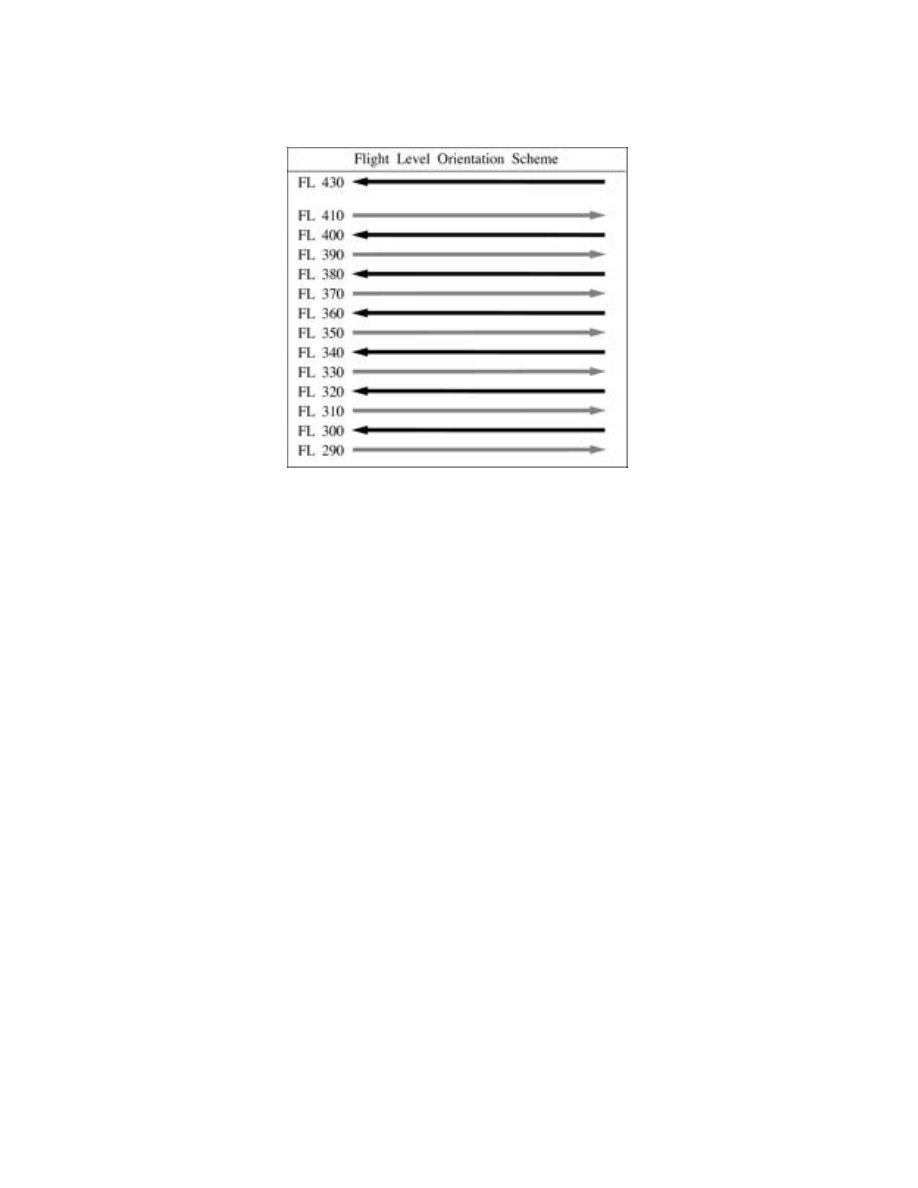
AIM
9/5/24
1.
The tower controller sees the aircraft involved and issues instructions, as necessary, to ensure that the
aircraft avoid each other.
2.
A pilot sees the other aircraft involved and upon instructions from the controller provides separation by
maneuvering the aircraft to avoid it. When pilots accept responsibility to maintain visual separation, they must
maintain constant visual surveillance and not pass the other aircraft until it is no longer a factor.
NOTE
−
Traffic is no longer a factor when during approach phase the other aircraft is in the landing phase of flight or executes a
missed approach; and during departure or en route, when the other aircraft turns away or is on a diverging course.
b.
A pilot’s acceptance of instructions to follow another aircraft or provide visual separation from it is an
acknowledgment that the pilot will maneuver the aircraft as necessary to avoid the other aircraft or to maintain
in
−
trail separation. In operations conducted behind heavy aircraft, or a small aircraft behind a B757 or other large
aircraft, it is also an acknowledgment that the pilot accepts the responsibility for wake turbulence separation.
Visual separation is prohibited behind super aircraft.
NOTE
−
When a pilot has been told to follow another aircraft or to provide visual separation from it, the pilot should promptly notify
the controller if visual contact with the other aircraft is lost or cannot be maintained or if the pilot cannot accept the
responsibility for the separation for any reason.
c.
Scanning the sky for other aircraft is a key factor in collision avoidance. Pilots and copilots (or the right
seat passenger) should continuously scan to cover all areas of the sky visible from the cockpit. Pilots must
develop an effective scanning technique which maximizes one’s visual capabilities. Spotting a potential collision
threat increases directly as more time is spent looking outside the aircraft. One must use timesharing techniques
to effectively scan the surrounding airspace while monitoring instruments as well.
d.
Since the eye can focus only on a narrow viewing area, effective scanning is accomplished with a series
of short, regularly spaced eye movements that bring successive areas of the sky into the central visual field. Each
movement should not exceed ten degrees, and each area should be observed for at least one second to enable
collision detection. Although many pilots seem to prefer the method of horizontal back
−
and
−
forth scanning
every pilot should develop a scanning pattern that is not only comfortable but assures optimum effectiveness.
Pilots should remember, however, that they have a regulatory responsibility (14 CFR Section 91.113(a)) to see
and avoid other aircraft when weather conditions permit.
4
−
4
−
15. Use of Visual Clearing Procedures and Scanning Techniques
a. Before Takeoff.
Prior to taxiing onto a runway or landing area in preparation for takeoff, pilots should scan
the approach areas for possible landing traffic and execute the appropriate clearing maneuvers to provide them
a clear view of the approach areas.
b. Climbs and Descents.
During climbs and descents in flight conditions which permit visual detection of
other traffic, pilots should execute gentle banks, left and right at a frequency which permits continuous visual
scanning of the airspace about them.
c. Straight and Level.
Sustained periods of straight and level flight in conditions which permit visual
detection of other traffic should be broken at intervals with appropriate clearing procedures to provide effective
visual scanning.
d. Traffic Pattern.
Entries into traffic patterns while descending create specific collision hazards and should
be avoided.
e. Traffic at VOR Sites.
All operators should emphasize the need for sustained vigilance in the vicinity of
VORs and airway intersections due to the convergence of traffic.
f. Training Operations.
Operators of pilot training programs are urged to adopt the following practices:
1.
Pilots undergoing flight instruction at all levels should be requested to verbalize clearing procedures (call
out “clear” left, right, above, or below) to instill and sustain the habit of vigilance during maneuvering.
4
−
4
−
12
ATC Clearances and Aircraft Separation